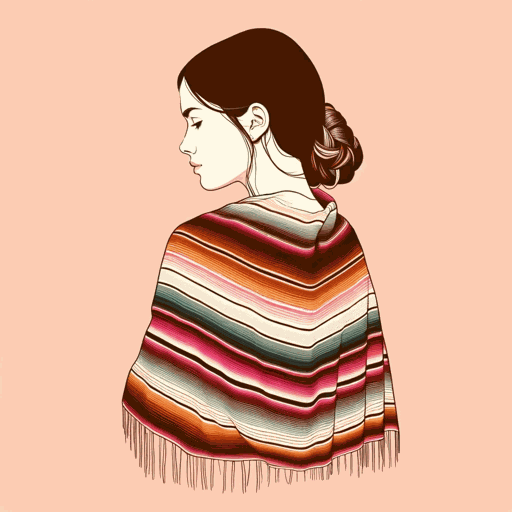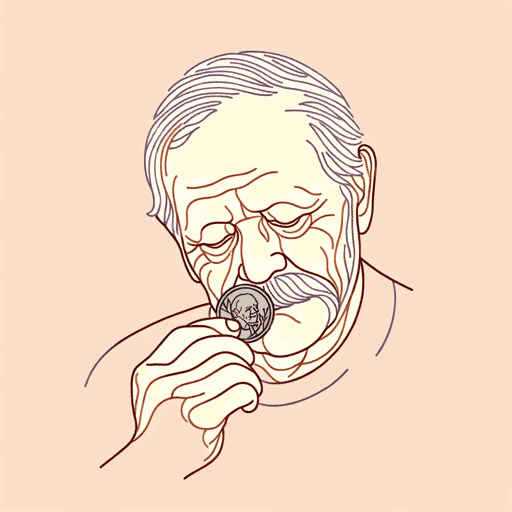75 pages • 2 hours read
Sandra CisnerosCaramelo
Fiction | Novel | Adult | Published in 2002A modern alternative to SparkNotes and CliffsNotes, SuperSummary offers high-quality Study Guides with detailed chapter summaries and analysis of major themes, characters, and more.
Symbols & Motifs
Fotonovelas and Telenovelas
Cisneros repeatedly illustrates the ways in which family drama often mimics the performative dramas of fotonovelas and telenovelas (and vice versa). Candelaria shows Lala how she is practicing the art of crying in front of a camera—hoping to become a telenovela actress—only to later end up on TV crying “telenovela tears” onscreen because she is lost (69). In Part 2, Lala reveals that her grandmother and grandfather are both members of the same Reyes family, though neither of them know this, “just like a good fotonovela or telenovela” (105). In Chapter 83 of Part 3, Lala confronts her father in his hospital bed in a chapter aptly titled, “A Scene in a Hospital That Resembles a Telenovela When in Actuality It’s the Telenovelas That Resemble This Scene.” Lala’s name itself is approved by her grandmother (and thereby, her father) only because she deems it “pretty enough for a telenovela” (232).
As Viva explains to Lala, the characters of Caramelo are “author[s] of the telenovela[s] of [their] li[ves]” (345). Their lives so often replicate the absurdity of telenovelas because desires, dreams, and emotions are inherently absurd (and are frequently passed down from one generation to the next).
Related Titles
By Sandra Cisneros






